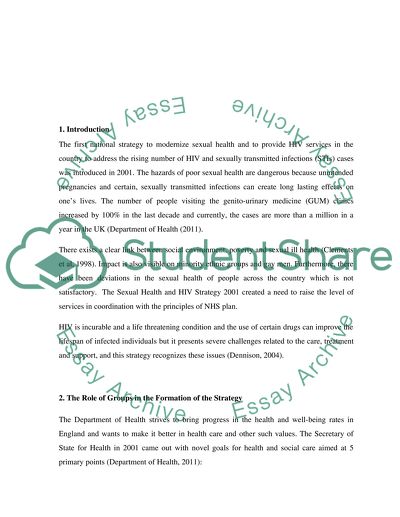Cite this document
(“Sexual Health and HIV strategy 2001 Essay Example | Topics and Well Written Essays - 2500 words”, n.d.)
Retrieved from https://studentshare.org/nursing/1394844-a-critical-analysis-of-a-current-health-care
Retrieved from https://studentshare.org/nursing/1394844-a-critical-analysis-of-a-current-health-care
(Sexual Health and HIV Strategy 2001 Essay Example | Topics and Well Written Essays - 2500 Words)
https://studentshare.org/nursing/1394844-a-critical-analysis-of-a-current-health-care.
https://studentshare.org/nursing/1394844-a-critical-analysis-of-a-current-health-care.
“Sexual Health and HIV Strategy 2001 Essay Example | Topics and Well Written Essays - 2500 Words”, n.d. https://studentshare.org/nursing/1394844-a-critical-analysis-of-a-current-health-care.


